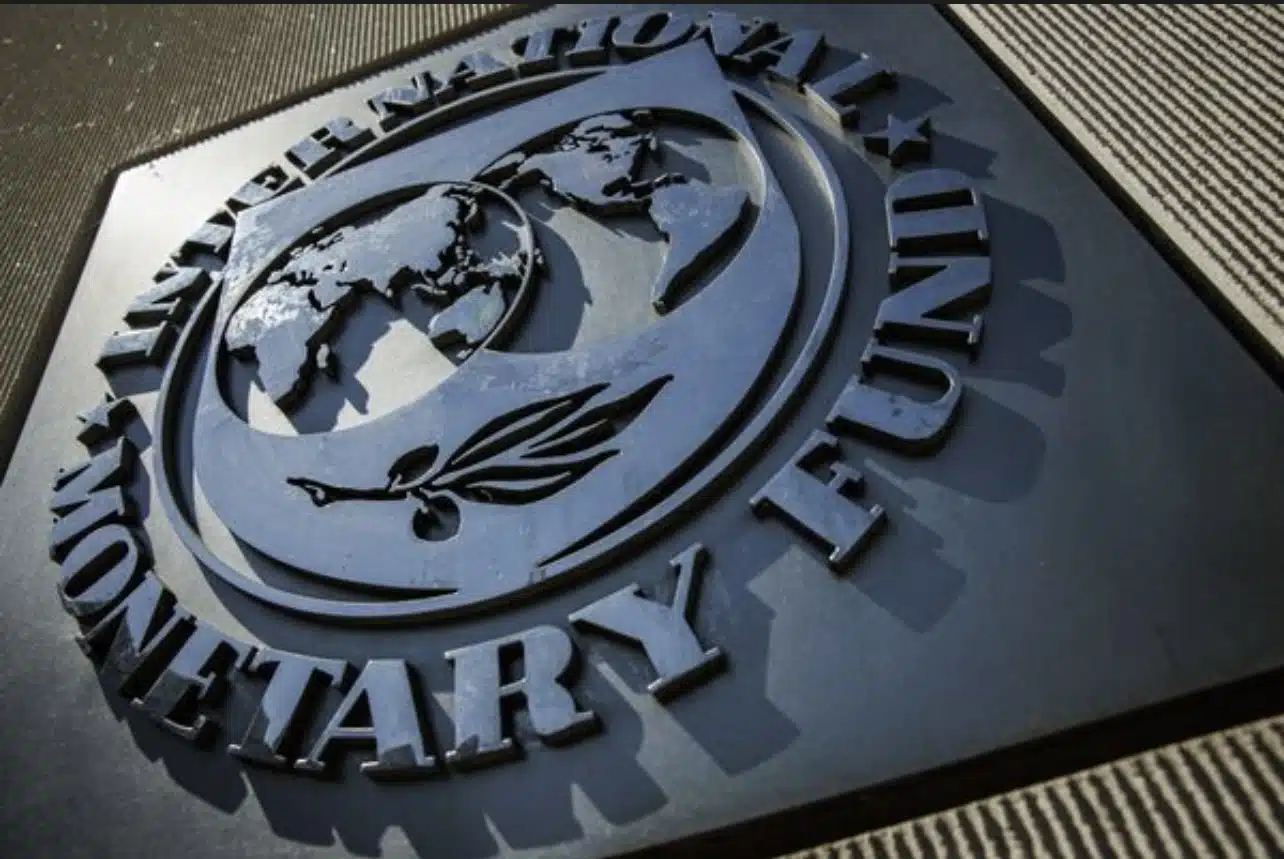Egypt’s annual urban consumer price inflation rose faster than expected in October 2025, ending a four-month downward trend, as higher fuel costs and rent increases pushed prices to a three-month high.
Data released Monday by the country’s statistics agency, CAPMAS, showed that inflation climbed to 12.5% from 11.7% in September — marking the first acceleration since May and the sharpest increase in five months.
The 0.8-percentage-point rise was driven mainly by the government’s mid-October decision to raise fuel prices by nearly 13%, alongside the implementation of a new rental law that allowed landlords to increase rents.
Housing and utilities prices surged 27.1% , up from 18.2% the previous month, while clothing and footwear inflation quickened to 15.7% from 14.9%.
Food inflation, which had eased steadily in recent months, edged up slightly to 1.5% from 1.4% in September — still among the lowest levels since April 2021.
In contrast, prices moderated for several key categories, including transport (26.0% vs 26.1%), restaurants and hotels (12.5% vs 13.3%), furnishings (12.4% vs 12.9%), communications (11.9% vs 12.0%), and miscellaneous goods and services (11.0% vs 11.9%).
On a monthly basis, the Consumer Price Index increased 1.8%, matching September’s pace and remaining the fastest rate since June.
The uptick reflects the delayed impact of the new rent law, which took effect in early August and applied from the first rent payment thereafter — meaning most adjustments began showing up in September and October data.
Despite the latest rise, inflation remains well below last year’s record 28.4%, supported by the $8 billion International Monetary Fund loan package secured in March 2024 that bolstered reserves, stabilised the pound, and eased supply bottlenecks.
Monetary indicators suggest liquidity growth remains high but stable. M2 money supply expanded 22.9% year-on-year in September, little changed from August, according to central bank data.
In its October policy meeting, the Central Bank of Egypt cut its overnight deposit rate by 100 basis points to 21%, marking the fourth reduction this year. The move aligned broadly with market expectations of a 100- to 200-basis-point cut, reflecting the bank’s confidence in moderating inflation pressures after last year’s surge.
Still, analysts say the latest rebound highlights the delicate balance facing policymakers between supporting growth and maintaining price stability. Further fuel price adjustments or rent-related pressures could slow the recent disinflation trend in the months ahead.










